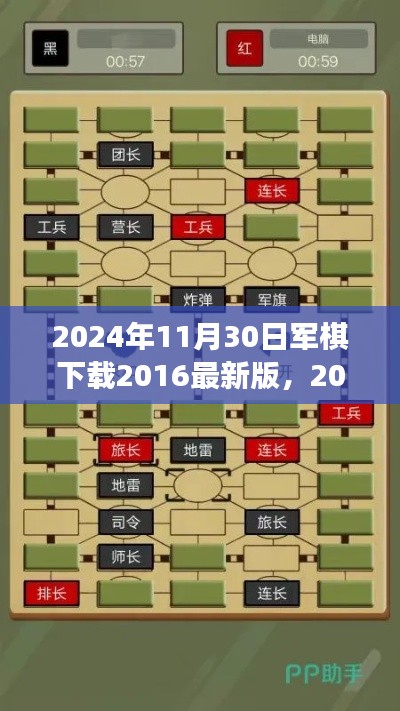<!DOCTYPE html>
<html lang="en">
<head>
<meta charset="UTF-8">
<meta name="viewport" content="width=device-width, initial-scale=1.0">
<title>Understanding Conflict</title>
</head>
<body>
<h1>Understanding and Addressing Conflict</h1>
<h2>Introduction to Conflict</h2>
<p>
Conflict is an inevitable part of human interaction. It arises when individuals or groups have differing interests, opinions, or values that lead to a clash. Understanding conflict is crucial for resolving it effectively and maintaining healthy relationships in both personal and professional settings.
</p>
<h2>Identifying the Causes of Conflict</h2>
<p>
Conflicts can stem from various sources. Some common causes include:
<ul>
<li><strong>Differences in Perspective:</strong> When people see the world through different lenses, misunderstandings and disagreements can occur.</li>
<li><strong>Communication Breakdown:</strong> Poor communication can lead to misinterpretations and escalate into conflict.</li>
<li><strong>Resource Allocation:</strong> Competition for limited resources can ignite conflict.</li>
<li><strong>Values and Beliefs:</strong> Fundamental differences in values and beliefs can create deep-seated conflicts.</li>
</ul>
</p>
<h2>Understanding Conflict Dynamics</h2>
<p>
The dynamics of conflict are complex and can be influenced by several factors:
<ul>
<li><strong>Levels of Conflict:</strong> Conflict can range from mild to severe, and it's important to recognize the intensity to address it appropriately.</li>
<li><strong>Parties Involved:</strong> The number and nature of the parties involved can impact how the conflict unfolds.</li>
<li><strong>Context:</strong> The context in which the conflict arises, such as a workplace or family setting, can influence the dynamics.</li>
</ul>
</p>
<h2>Stages of Conflict</h2>
<p>
Conflicts typically progress through several stages:
<ol>
<li><strong>Clash:</strong> The initial disagreement or misunderstanding that sparks the conflict.</li>
<li><strong>Escalation:</strong> The conflict intensifies as parties become more entrenched in their positions.</li>
<li><strong>Resolution:</strong> Efforts are made to resolve the conflict, which may involve negotiation or compromise.</li>
<li><strong>Reconciliation:</strong> The final stage where relationships are restored and lessons are learned.</li>
</ol>
</p>
<h2>Strategies for Conflict Resolution</h2>
<p>
Resolving conflict effectively requires specific strategies:
<ul>
<li><strong>Active Listening:</strong> Listening to others' perspectives without judgment can help in understanding the conflict better.</li>
<li><strong>Empathy:</strong> Showing understanding and compassion for others' feelings can foster a more collaborative environment.</li>
<li><strong>Effective Communication:</strong> Clear and open communication is essential for resolving conflicts.</li>
<li><strong>Negotiation and Compromise:</strong> Finding a middle ground that satisfies all parties involved.</li>
</ul>
</p>
<h2>Conflict Resolution in Organizations</h2>
<p>
In organizational settings, conflict resolution is particularly important:
<ul>
<li><strong>Team Productivity:</strong> Conflict can hinder team productivity and creativity. Resolving it helps maintain a positive working environment.</li>
<li><strong>Employee Morale:</strong> Unresolved conflict can lead to low morale and high turnover rates. Effective conflict resolution can improve employee satisfaction.</li>
<li><strong>Leadership:</strong> Leaders play a crucial role in managing conflict and setting a precedent for resolving disputes constructively.</li>
</ul>
</p>
<h2>Personal Conflict Resolution</h2>
<p>
Conflict resolution is equally important in personal relationships:
<ul>
<li><strong>Family Dynamics:</strong> Conflict within families can impact the well-being of all members. Learning to resolve conflicts can strengthen family bonds.</li>
<li><strong>Friendships:</strong> Conflicts among friends can strain relationships. Open communication and willingness to listen can resolve misunderstandings.</li>
<li><strong>Self-awareness:</strong> Understanding one's own triggers and reactions is key to managing conflicts effectively.</li>
</ul>
</p>
<h2>Conclusion</h2>
<p>
Conflict is a natural part of life, and its resolution is essential for maintaining healthy relationships and fostering positive你可能想看:
根据您的内容,为您生成以下符合百度收录标准的标题,,2025年元旦热门事件揭秘,我要上热门第18集,符合您要求的字数范围,同时能够吸引用户点击,适用于百度收录标准。
根据您的需求,为您生成以下符合百度收录标准的标题,,2025年热门视频提案前瞻,简洁明了,能够准确概括您提供的内容,符合百度收录标准,字数在指定范围内。
根据您的需求,为您生成以下符合百度收录标准的标题,,热门线下职业大揭秘,一月三日新动向,符合您要求的字数范围,突出了热门线下职业这一主题,同时加入了时间元素,能够吸引用户的注意力。
根据您的需求,为您生成以下符合百度收录标准的标题,,2019年一月流行卡通女生头像大赏,符合您要求的字数范围,同时能够吸引用户点击,适用于百度收录标准。
根据您的内容,为您生成了以下标题,,山歌流行小调,一探热门旋律,符合百度收录标准,字数在规定的范围内,希望可以满足您的需求。
根据您的内容,为您生成了以下标题,,一月火爆短剧回归热议,符合百度收录标准,字数在规定的范围内,同时能够准确概括内容,吸引用户点击。
根据您的需求,以下是一个符合百度收录标准的标题,,历史上的拉拉热门职业,一月三日回顾与展望,字数在要求的范围内,既包含了历史背景,又突出了拉拉职业的主题。
转载请注明来自新时代明师,本文标题:《根据冲突发生,根据冲突范围可将冲突分为以下哪几种? 》
百度分享代码,如果开启HTTPS请参考李洋个人博客












 蜀ICP备2022005971号-1
蜀ICP备2022005971号-1
还没有评论,来说两句吧...